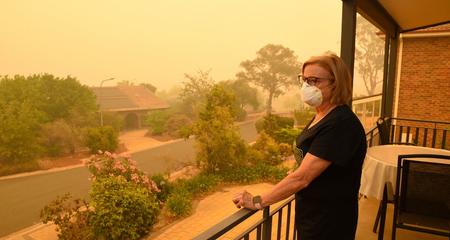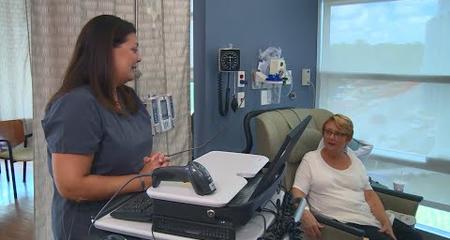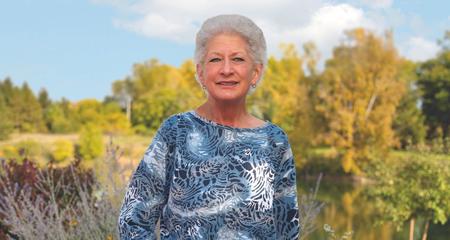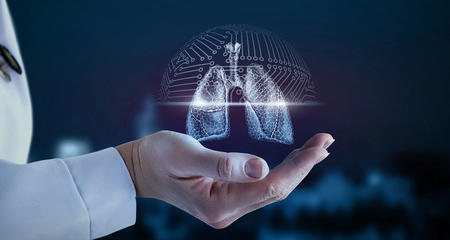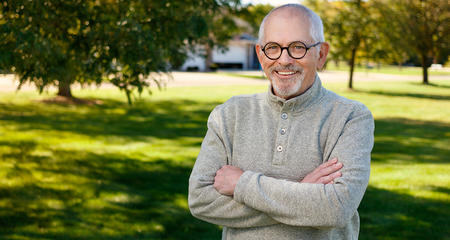Our highly trained pulmonary care physicians, staff and research leaders care for individuals with diseases affecting the lungs including rare diseases that require specialized care. These include:
- Asthma
- Chronic Obstructive Pulmonary Disorder (COPD)
- Cystic Fibrosis
- Emphysema
- Interstitial Lung Disease
- Lung Cancer
- Pulmonary Hypertension
- Respiratory Insufficiency
- Sleep Medicine
Pulmonary Care Program Highlights
- One of the largest programs in Wisconsin for adults with cystic fibrosis; Accredited by the Cystic Fibrosis Foundation
- The first Pulmonary Hypertension Program in Wisconsin accredited as a Pulmonary Hypertension Care Center by the Pulmonary Hypertension Association
- The only combined medical management and counseling program for tobacco use and dependence that utilizes a multidisciplinary team in southeast Wisconsin
The Right Diagnosis
Our team uses the latest evidence-based treatment approaches and technologies to diagnose all types of pulmonary disease. Our sophisticated diagnostic and therapeutic technologies include radial and linear EBUS, navigational bronchoscopy, bronchial thermoplasty and endobronchial ultrasound. Our specialists understand and use the latest techniques to provide you with the answers you need and the most appropriate treatment for you.
Advanced Lung Disease Treatment Options
Our pulmonology team bring nationally respected research to patient care and provides a number of advanced treatment options, including the following.
Virtual Visits Are Available
Safe and convenient virtual visits by video let you get the care you need via a mobile device, tablet or computer wherever you are. We'll assess your condition and develop a treatment plan right away. To schedule a virtual visit, call 414-777-7700.
Recognized as High Performing by U.S. News & World Report
Froedtert Hospital is recognized by U.S. News & World Report as high performing in pulmonology and lung surgery, lung cancer surgery, chronic obstructive pulmonary disease (COPD) and pneumonia care. Froedtert Menomonee Falls Hospital is also recognized as high performing for COPD.
Blogs, Patient Stories, Videos and Classes
